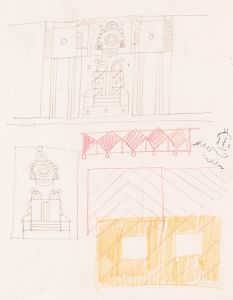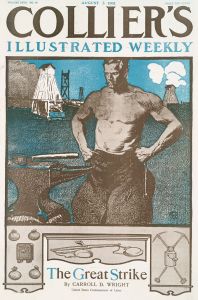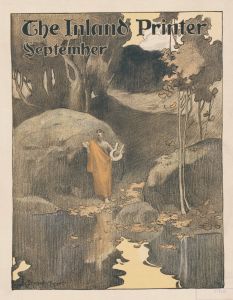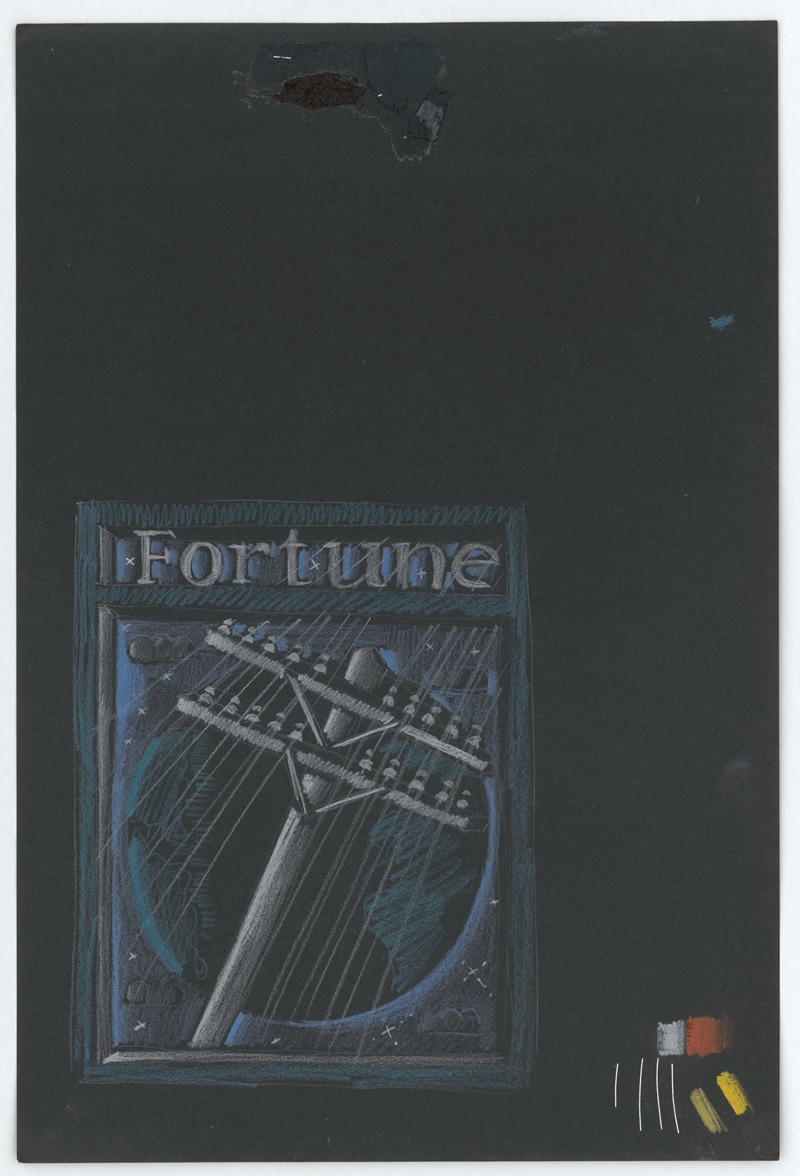
Graphic designs for Fortune magazine.] [Studies for cover drawn on black paper
A hand-painted replica of Winold Reiss’s masterpiece Graphic designs for Fortune magazine.] [Studies for cover drawn on black paper, meticulously crafted by professional artists to capture the true essence of the original. Each piece is created with museum-quality canvas and rare mineral pigments, carefully painted by experienced artists with delicate brushstrokes and rich, layered colors to perfectly recreate the texture of the original artwork. Unlike machine-printed reproductions, this hand-painted version brings the painting to life, infused with the artist’s emotions and skill in every stroke. Whether for personal collection or home decoration, it instantly elevates the artistic atmosphere of any space.
Winold Reiss was a German-American artist and designer known for his contributions to modernist art and design in the early to mid-20th century. Born in Germany in 1886, Reiss immigrated to the United States in 1913, where he became a prominent figure in the American art scene. He was particularly noted for his work in portraiture, graphic design, and interior decoration.
Reiss's work for Fortune magazine is a significant part of his legacy in graphic design. Fortune, a business magazine founded by Henry Luce in 1930, was known for its high-quality design and use of art to complement its editorial content. Reiss contributed to this visual identity by creating striking cover designs and illustrations that often incorporated elements of modernism and Art Deco.
The studies for the cover designs drawn on black paper by Winold Reiss are a testament to his skill and innovative approach to graphic design. Using black paper as a medium allowed Reiss to experiment with contrast and color in a way that was both bold and sophisticated. This technique highlighted his ability to blend fine art with commercial design, creating works that were not only visually appealing but also conceptually engaging.
Reiss's designs for Fortune magazine often featured dynamic compositions and vibrant colors, reflecting the economic optimism and industrial growth of the era. His work was characterized by a keen attention to detail and a deep understanding of the interplay between text and image, which made his covers stand out on newsstands and helped to establish Fortune's reputation for excellence in design.
In addition to his work for Fortune, Reiss was also known for his portraits of Native Americans and African Americans, which were groundbreaking at the time for their respectful and dignified representation of these communities. His commitment to cultural diversity and his ability to capture the essence of his subjects made him a pioneer in the field of portraiture.
Reiss's influence extended beyond magazine design; he was also involved in interior design projects, including the iconic Harlem nightclub, the Cotton Club. His work in this area further demonstrated his versatility and his ability to adapt his artistic vision to different contexts and media.
Overall, Winold Reiss's contributions to graphic design and art were significant and enduring. His work for Fortune magazine remains a notable example of how art and commerce can intersect to create compelling visual narratives. Through his innovative use of color, composition, and cultural themes, Reiss left a lasting impact on the world of design and continues to be celebrated for his artistic achievements.





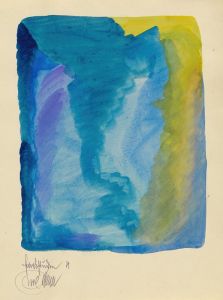
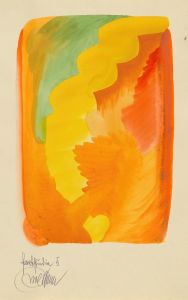
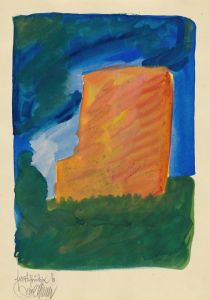
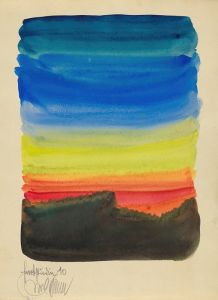
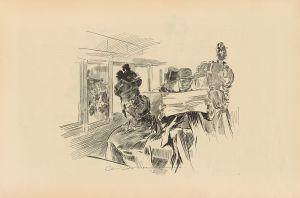
![Graphic designs for Longchamps Restaurants.] [Cocktail card](/imgs/249257/s/winold-reiss-graphic-designs-for-longchamps-restaurants-cocktail-card-a188d857.jpg)
![[Interior design drawings for unidentified rooms.] [Sketch for room colored green and orange](/imgs/249269/s/winold-reiss-interior-design-drawings-for-unidentified-rooms-sketch-for-room-colored-green-and-orange-9a5c830b.jpg)

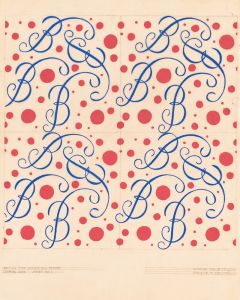
![Interior perspective studies for Restaurant Crillon, 15 East 48th Street, New York, NY.] [Interior perspective study](/imgs/249376/s/winold-reiss-interior-perspective-studies-for-restaurant-crillon-15-east-48th-street-new-york-ny-interior-perspective-study-237ead1d.jpg)
![Miscellaneous small sketches for inlaid table tops.] [Design with zig-zag motif](/imgs/249443/s/winold-reiss-miscellaneous-small-sketches-for-inlaid-table-tops-design-with-zigzag-motif-dbbaeb35.jpg)
